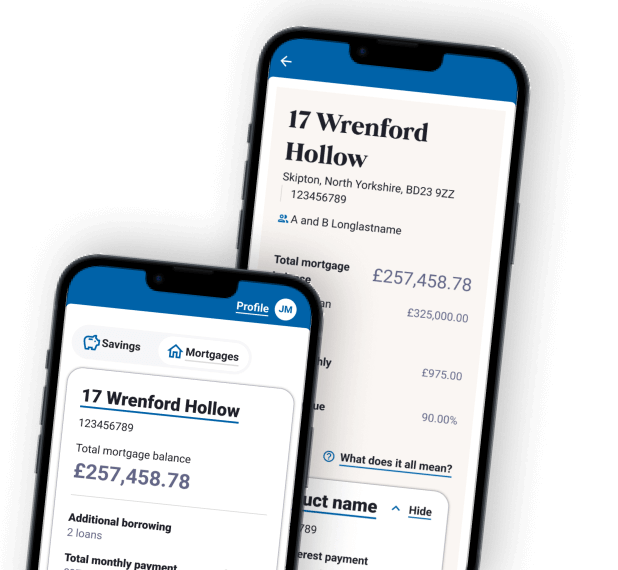Considerations
Before deciding whether to make a chargeable withdrawal from your Lifetime ISA you should be aware that the Lifetime ISA is not a flexible ISA. This means you can't withdraw your money and replace it within the same tax year without affecting your Lifetime ISA allowance.
With this in mind, you will need to consider whether it is better to withdraw only what you need at any one time, rather than close your account fully. This could help you make the most of your 25% government bonus and continue to grow your account balance.
Some examples:
The £4,000 maximum annual deposit allowance will still apply so:
- If you deposit £4,000 and withdraw it, you cannot make another Lifetime ISA deposit until the following tax year
- If you deposit £1,000 and withdraw it, you can only deposit a further £3,000 this tax year
If you close your Lifetime ISA while there is a government bonus pending it will not be paid to you. If you want to ensure any pending government bonus is paid, you must keep at least £1 in your Lifetime ISA until the government bonus has been credited to your account.
